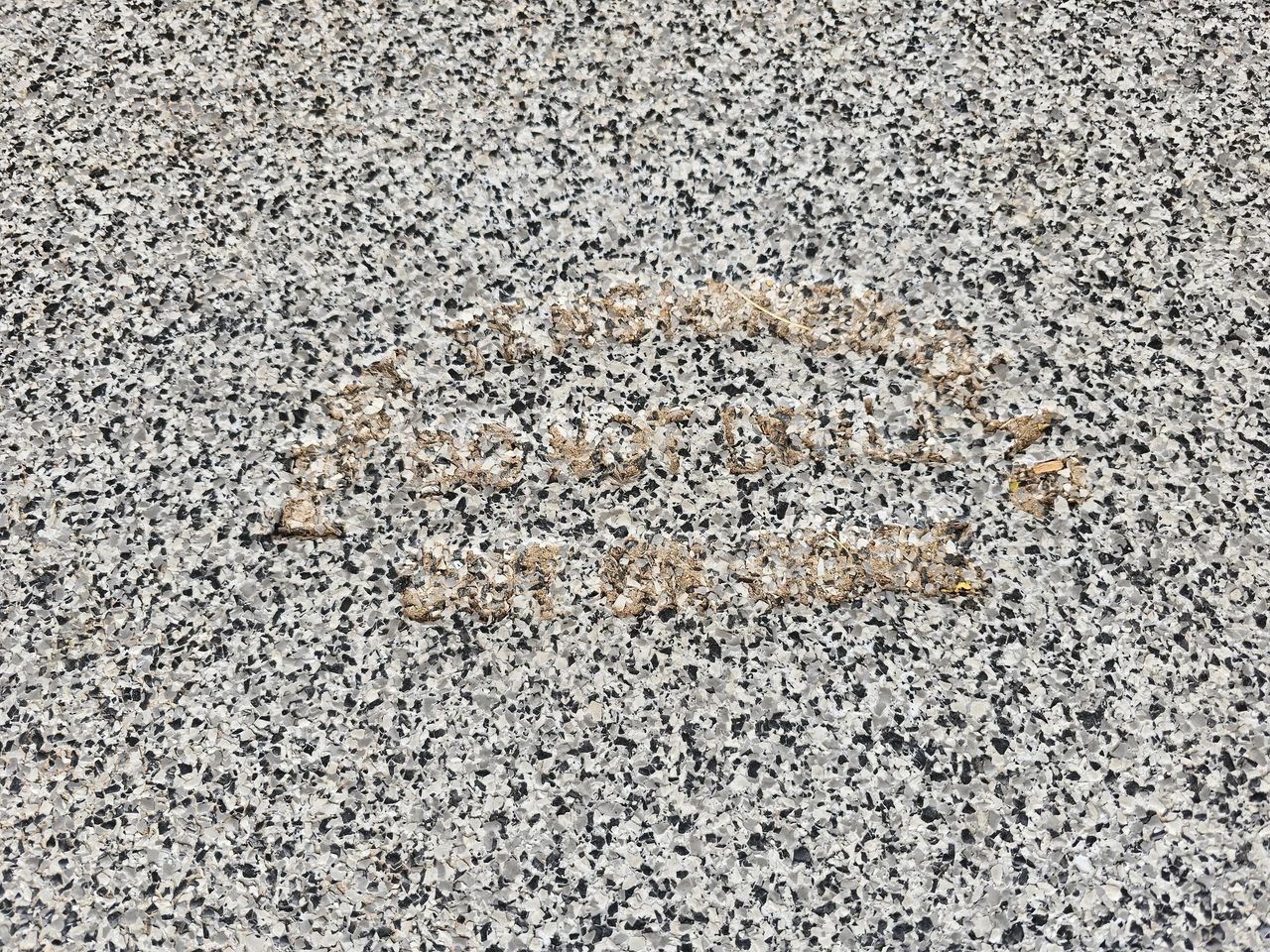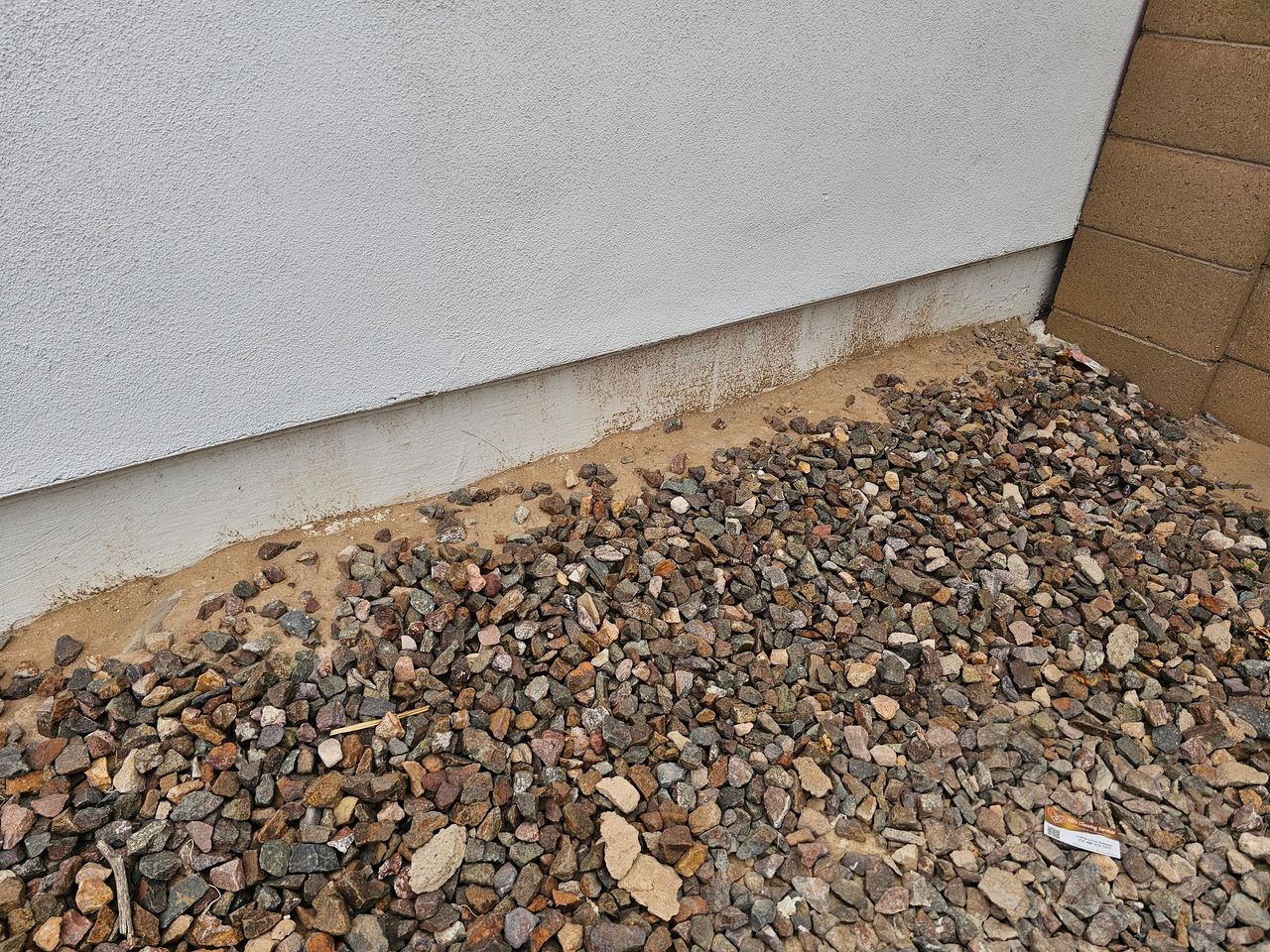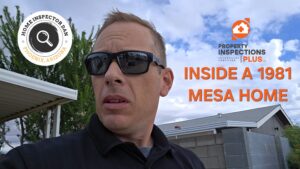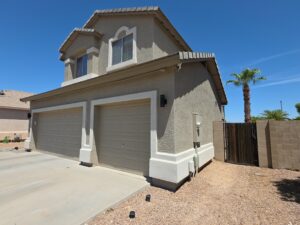If you’re buying a home in Arizona—or just brushing up on your home’s construction—it’s good to know what kind of foundation you’re dealing with. Most homes around here are built on concrete slabs, but not all slabs are created equal. Two common types are standard (conventionally reinforced) slabs and post-tensioned slabs. Each has its own benefits, drawbacks, and things to watch out for—especially when it comes to safety and maintenance.

Standard Slab (Conventional Slab)
Uses steel rebar or wire mesh embedded in the concrete before it’s poured.
The steel provides strength and helps prevent cracking over time.
Once it cures, it just stays as it is—there’s no further tension or movement.
Post-Tensioned Slab
Uses steel cables (tendons) placed inside plastic sheaths, arranged before the concrete is poured.
After the concrete cures (usually 7–10 days), the cables are pulled tight (post-tensioned) using hydraulic jacks and anchored at the ends.
This compresses the concrete, making it stronger and more resistant to cracking and soil movement.
Think of it like pulling a rope tight across a canyon—it firms things up and adds strength where it matters most.

🕰 When Did Arizona Start Using Post-Tensioned Slabs?
Post-tensioned slabs became more common in Arizona in the late 1980s and especially throughout the 1990s, as builders were looking for ways to combat our unique soil conditions. In parts of the Valley and Tucson, the soil can expand and contract due to moisture (especially caliche and clay-heavy soils), which makes traditional slabs more prone to cracking or shifting.
Post-tensioned slabs gave builders a tool to build stronger, more flexible foundations that could handle this movement better over time.
✅ Pros and ❌ Cons of Each
Standard Slab – Pros
Simpler construction and repair process.
No special safety concerns when cutting or drilling into it.
Easier to inspect during home repairs or renovations.
Standard Slab – Cons
More prone to cracking in expansive or unstable soils.
May require more frequent repairs or stabilization over time.
Post-Tensioned Slab – Pros
Stronger, more resistant to cracking and soil movement.
Can span longer distances with thinner slabs, reducing overall material use.
Often allows for more design flexibility in modern homes.
Post-Tensioned Slab – Cons
Safety concerns: cutting or drilling into one of those tensioned cables is very dangerous.
More difficult and expensive to repair if something goes wrong.
Requires careful identification before any concrete work is done (remodeling, plumbing, etc.).
Here’s where things get serious: post-tensioned slabs must be treated with caution. If you ever need to cut, drill, or core through your slab—for plumbing repairs, flooring anchors, or a remodel—you MUST know if it’s post-tensioned.
Accidentally hitting a tensioned cable can cause:
A sudden and forceful release of energy (like a whip crack).
Serious injury or even death to the person doing the work.
Expensive structural damage.

Look for a stamp or metal plate in the garage or on the foundation that says “Post-Tensioned Slab” or “PT Slab.” Many builders include one as a warning. You might also find it in your builder documents or on your inspection report.
Before doing any invasive work on a slab, always call a licensed professional who knows how to locate and mark post-tension cables—or better yet, avoid cutting into the slab altogether if possible.

As a home inspector, I’ll always report whether the home appears to have a standard or post-tensioned slab based on visible signs, builder information, and any markings. I’ll also check for signs of movement, settlement, or cracks in the slab and surrounding areas. Knowing your slab type helps us evaluate those concerns properly.
Both slab types can perform well when properly designed and maintained, but knowing the difference can save you money—and possibly prevent a serious accident. If your Arizona home has a post-tensioned slab, just be sure you treat it with the respect it deserves.
Got questions about your slab or concerns about cracks, movement, or safety? I’m always happy to help walk you through it.
About the Author
Hi, I’m Home Inspector Dan — owner of Property Inspections Plus and a Certified Master Inspector based in Gilbert, Arizona. With years of experience inspecting homes across the Valley, I specialize in helping buyers, sellers, and investors make informed decisions with confidence. Whether you’re purchasing your first home or evaluating an investment property, I provide thorough, honest, and easy-to-understand inspections — including sewer camera scans, mold inspections, infrared imaging, and termite inspections.
📍 Serving Gilbert, Chandler, Mesa, Tempe, and the greater Phoenix area
📞 Call or Text: (623) 399-0079
📧 Email: homeinspectordanaz@gmail.com
🌐 Website: www.propertyinspectionsplus.com
Let me know how I can help you. You deserve peace of mind when buying a home — and I’m here to deliver it.

 Hi, I’m Home Inspector Dan — owner of Property Inspections Plus and a
Hi, I’m Home Inspector Dan — owner of Property Inspections Plus and a 



